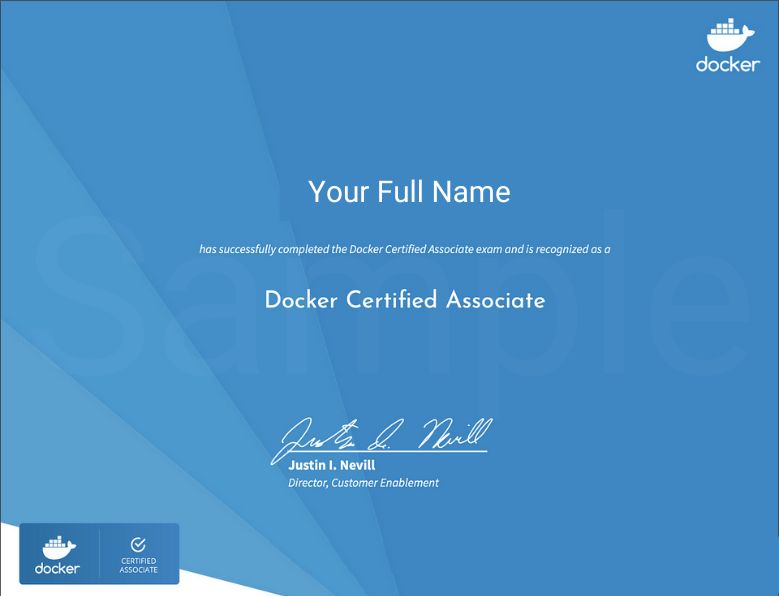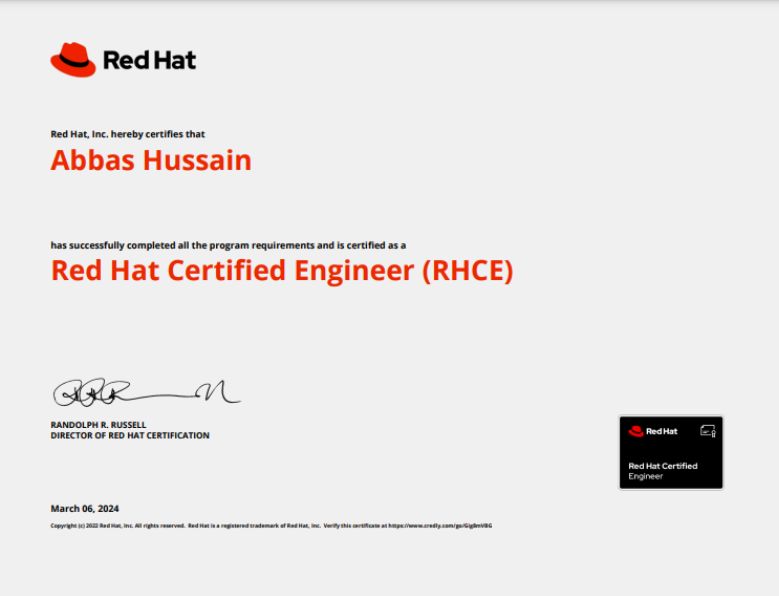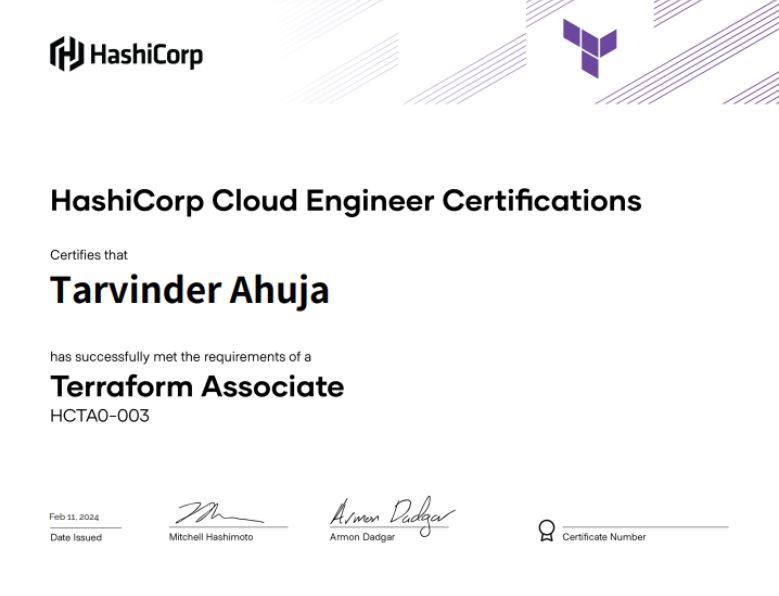DevOps & Cloud Technologies
DevOps Training & Certification
DevOps improves cooperation and efficiency via computerizing framework and work processes and consistently estimating applications execution.
DevOps—a transformative approach that automates workflows and continually measures application performance. Our comprehensive DevOps training covers Configuration Management, Code Automation, Continuous Integration, Continuous Deployment, Version Control, and Usage Monitoring.
The DevOps course is tailored for professionals like:
After finishing this DevOps Certification Training, you ought to have the option to:
Students Quiz Sessions
DevOps is more than just adding a new skill to your resume; it’s about transforming how you work and improving overall efficiency within your team.
To get the most out of our DevOps training, it’s beneficial to have a foundational understanding of the following areas:
Attend a free demo – Click Here!



